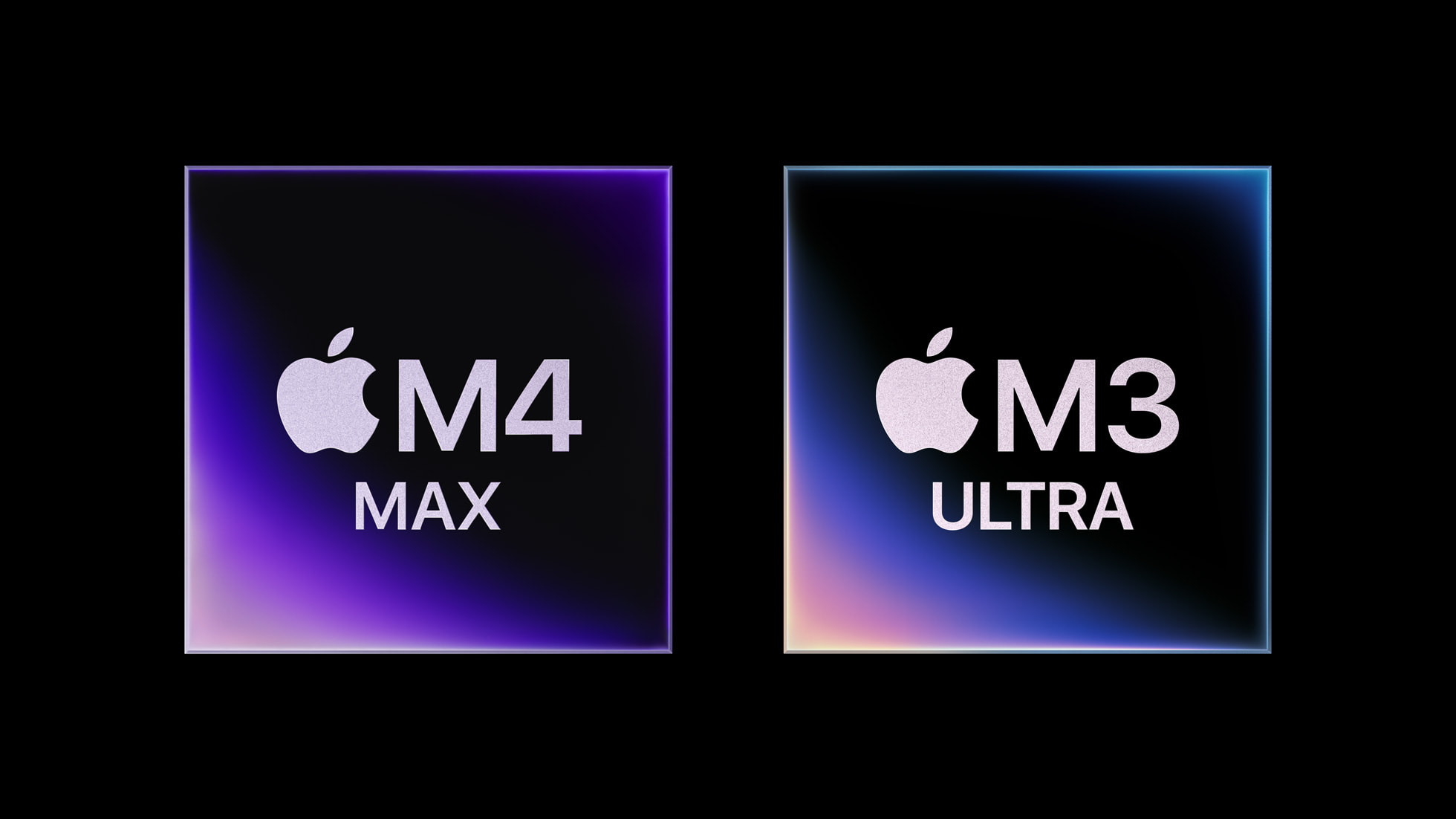Any diagrams or details on how the M3 Ultra is made? They must have changed the original design of the M3 Max somehow because even two M3 max added together would not add up to 512 GB RAM.
Apple uses semi-custom RAM packages in all the variants. Just stack the RAM twice as high and use ranking so that the 'higher' stack uses same memory channel as the lower stack. ( can only talk to half at a one instance. ) . Like when older Mac Pro had 3 memory controllers and 4 DIMM slots or 4 memory controllers and 8 DIMM slots. Only it isn't standards based packaging.
The possible negative side effect is that the System Level Cache doesn't get any bigger if do all of this externally. So the percentage of total RAM being covered by the cache goes down. That is true even if don'g "double stack" the memory ( 96GB would get a higher percentage than 128GB or 256GB. )
And somehow they added Thunderbolt 5 to the machine (M3 Max chip only did Thunderbolt 4) - either on the die OR they had to use a separate controller chip off the die to add Thunderbolt 5.
Extremely unlikely for the 'external, discrete controller'. TBv5 could have been 'broken' or uncertified in M3 Max.
You have to be certified by Intel to use the name 'Thunderbolt'. Or an unfinished version run at TBv4 which didn't have a few sub-elements working correctly for v5.
However, some early die analysis indicated that there was no UltraFusion subsystem on earlier M3 Max dies at all. In that case the most likely solution is that this is really a Max+ die ( version 1.2; same overall general die with some modifications and narrow tweaks). Thunderbolt 5 could have been added along with the UltraFusion connector.
The timing here seems to indicate that the Max+ dies didn't start until approximately the plain/laptop version production wound down to a halt.
I am just curious the extent of redesign needed beyond just fusing two M3 Max together.
If they are going to eventually use the M3 Max+ in a Mac Pro there probably should be improvements in the PCI-e backhaul they provision out to the external switch. Either PCI-e v5 or just symmetric two x16 PCI-e v4 , but something to match the slots a more distinctive 'value add' to help differentiate the product.



